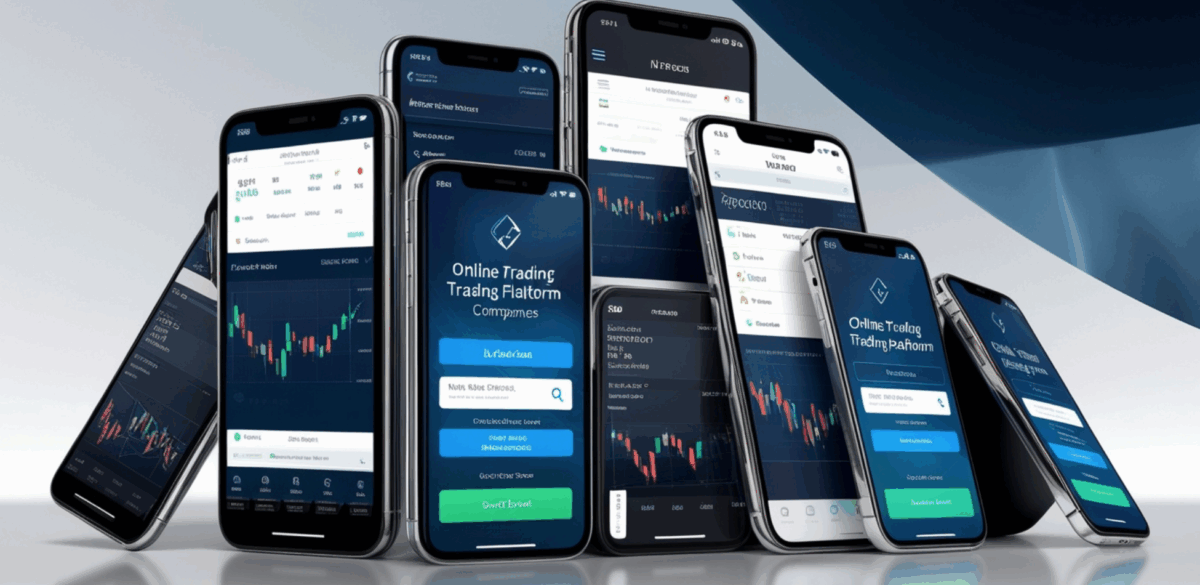by Fred Fuld III
There are three main companies that are primarily involved in online trading. Here’s a refined look at Webull (BULL), Robinhood (HOOD), and eToro (ETOR) as investment opportunities—covering what each business does, their strengths and weaknesses, and client metrics including user counts and growth trends.
Webull
Webull, founded in 2016 and headquartered in Florida, is a commission-free platform known for its robust tools aimed at more experienced traders. It supports stocks, options, ETFs, cryptocurrencies, and fractional shares. Its public debut via a SPAC merger in April 2025 under the ticker BULL saw its share price skyrocket by ~500%, signaling strong investor enthusiasm.
As of early 2024, Webull claims around 20 million registered users and reported 4.3 million funded accounts with about $8.2 billion in assets under management. It also operates across multiple global regions—including North America, Asia Pacific, Europe, and South Africa—which positions it for diversified expansion.
The stock has a trailing price to earnings ratio of 8.4. The price to sales ratios very high at 11.5.
Advantages:
Webull stands out with professional-grade charting, advanced order flows, and real-time data—features tailored to active, technically savvy traders. Its global reach is greater than Robinhood’s, and its more sophisticated tools often surpass those of eToro.
Disadvantages:
It attracts fewer casual traders compared to Robinhood and lacks eToro’s social/copy-trading community. It has also faced scrutiny over data security and compliance, including a $3 million FINRA fine in 2023 and US legislative concern due to its Chinese ties.
Robinhood
Robinhood pioneered commission-free trading since its 2015 launch and went public in mid-2021. It offers stocks, ETFs, options, futures, crypto, and banking-like features. Its monetization combines payment for order flow, margin lending, and paid tiers such as the Gold tier, along with interest on uninvested cash.
By February 2025, Robinhood had approximately 25.6 million funded customers—up 2 million year-over-year—with AUC around $187 billion, a 58% yearly increase. As of December 2024, its monthly active users numbered about 14.9 million.
The company has a trailing price to earnings ratio of 41.5 and a forward P/E of 49. The price to sales ratio is extremely high at over 20.
Advantages:
Robinhood continues to lead in U.S. retail user base, boasting brand recognition, simplicity, and a thriving ecosystem enhanced with Gold, investing products, and soon banking and robo-advisory services. Its high average revenue per user shows strong monetization.
Disadvantages:
Its tools are generally less sophisticated than Webull’s. It’s heavily reliant on PFOF, which critics say introduces conflicts. Regulatory scrutiny and past controversies persist. And while its total user base is large, active monthlies dipped slightly in Q1 2025 .
eToro
eToro, founded in 2007 in Israel, combines brokerage and social trading features, allowing users to copy top investors. It offers multi-asset access—stocks, crypto, ETFs, futures—alongside unique social-enabled tools like CopyTrader and thematic Smart Portfolios. Its revenue in 2024 reached about $931 million, with earnings of $192 million.
As of late 2024, it had around 38 million registered users, with 3.5–3.6 million funded (active) accounts, growing 14% year-over-year; assets under administration in Q1 2025 hit about $16.9 billion—a 21% annual increase.
The stock trades at 27 times trailing earnings and 26 times forward earnings. It has a very favorable price to sales ratio of 0.39.
Advantages:
eToro excels at social and copy trading—ideal for beginner and social-centric investors. Its global presence is strong, offering multi-currency support and diverse regional expansions, including recent market penetration in the U.S., Asia, and Latin America .
Disadvantages:
Its funded user base is relatively small compared to Robinhood and Webull. Revenues declined post-pandemic highs, and its nascent U.S. presence lags behind more entrenched competitors. Brokerage fees via spreads—though transparent—can slightly offset its zero-commission messaging.
Head-to-Head Comparison
- User Depth & Scale: Robinhood leads in funded accounts (~25 M) and active user base, followed by Webull (4.3 M funded, 20 M registered) and then eToro (3.6 M funded, 38 M registered).
- Geographic Reach: eToro is truly global (140+ countries), Webull also spans multiple continents, while Robinhood is primarily U.S.-centic with growing U.K. and Asia presence.
- Trading Tools: Webull offers the most advanced tooling, Robinhood is middle-of-the-road with gold-tier features, and eToro focuses on social and copy trading rather than depth.
- Revenue Models: Robinhood relies on PFOF, margin, and subscriptions; Webull earns via spreads, margin, and potential listing upside; eToro leans on spreads and crypto commissions, though it avoided PFOF.
- Growth Momentum: Robinhood showed strong year-over-year AUC and user growth; Webull’s IPO pop indicates investor momentum; eToro’s funded accounts growth (~14 % YoY) is modest but steady, though pre-IPO scaling is navigating valuation pressures .
Investment Outlook
Webull offers a compelling bet on disciplined trader growth and tech-forward infrastructure, but faces regulatory and compliance noise. Robinhood remains a dominant U.S. fintech brand with scale and diversified income, though regulatory risks and engagement variants exist. eToro is an attractive global social-trading play, catering to a growing cohort of digitally native investors, but needs to translate that into deeper funded penetration and stable profitability in newer markets.
In summary, your choice among Webull, Robinhood, and eToro depends on which slice of retail investment you want exposure to: Webull for advanced traders and product innovation; Robinhood for scale and monetization in U.S. retail; eToro for global, social-copy trading growth. Each platform offers different investment stories—growth potential, regulatory risk, and market positioning—that are worth tracking as they mature in public markets.
Disclosure: Author didn’t own any of the above at the time the article was written.

